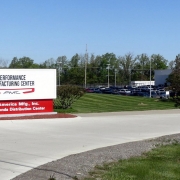Best & Worst States For Business 2022: Inside The Heartland Revolution!
By: Dale Buss
On: Chief Executive
The U.S. Capitol chamber of the House of Representatives has spotlighted dozens of distinguished guests for applause during presidents’ State of the Union addresses, including war heroes, scientists, civil-rights pioneers, athletes and entrepreneurs. But honoring CEOs has been rare in the 40 years since President Ronald Reagan started the tradition.
That’s why it was significant when Intel CEO Pat Gelsinger rose from his seat in the gallery at the behest of Joe Biden in March, as the president’s speech praised the company’s decision to invest at least $20 billion in a new microchip-making venture in central Ohio. “Just look around and you’ll see an amazing story,” Biden said, about “the revitalization of American manufacturing. Companies are choosing to build new factories here, when just a few years ago, they would have gone overseas.”
And by “here,” he meant the nation’s midsection. Indeed, even as perennial CEO favorites Texas and Florida once again topped Chief Executive’s Best & Worst States for Business list this year, the president’s gesture was important recognition of a weighty new reality: The industrial heartland is coming back in a huge way, one that promises to tip the country’s long-term economic balance back toward so-called “flyover country,” with vast new high-tech factories for making everything from electric vehicles and their batteries to microchips.
“These are investments that are unprecedented in history,” says Ryan Maibach, CEO of Barton Malow, the Southfield, Michigan-based construction firm Ford has contracted to build its $5.6-billion BlueOval City EV plant near Stanton, Tennessee. “We’ve been part of some major programs in the past, but nothing comes close to this sort of size and complexity.”
Importantly, notes Darin Buelow, the national leader of Deloitte’s location practice, “The new announcements are happening in cutting-edge industries. And they’re not just going to pack up and shift overseas two years later. These are incredibly massive capital investments that require lots of support, so there will be decades and decades of jobs and profits coming out of these locations.”
As stunning as companies’ big new commitments to the heartland may seem, “Industry will go where it’s wanted,” says demographer Joel Kotkin, a fellow at Chapman University. “As we’ve allowed the Northeast and, increasingly, the West Coast to deindustrialize—and, given those states’ climate policies, there’s not anything else they can do on the current trajectory—it makes sense that chip and battery and EV plants are going to the middle of the country.”
Read the rest of this piece at Chief Executive.
Dale Buss is a long-time contributor to Chief Executive, Forbes, The Wall Street Journal and other business publications. He lives in Michigan.
Homepage photo: J. Jessee via Flickr under CC 2.0 License.

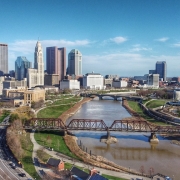 J. Jessee, CC 2.0 License
J. Jessee, CC 2.0 License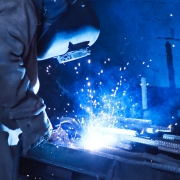
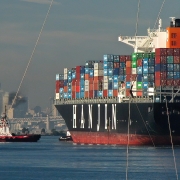
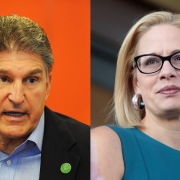
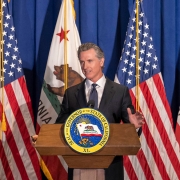
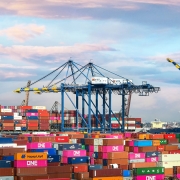 Barrett Ward, CC 0.0 License
Barrett Ward, CC 0.0 License